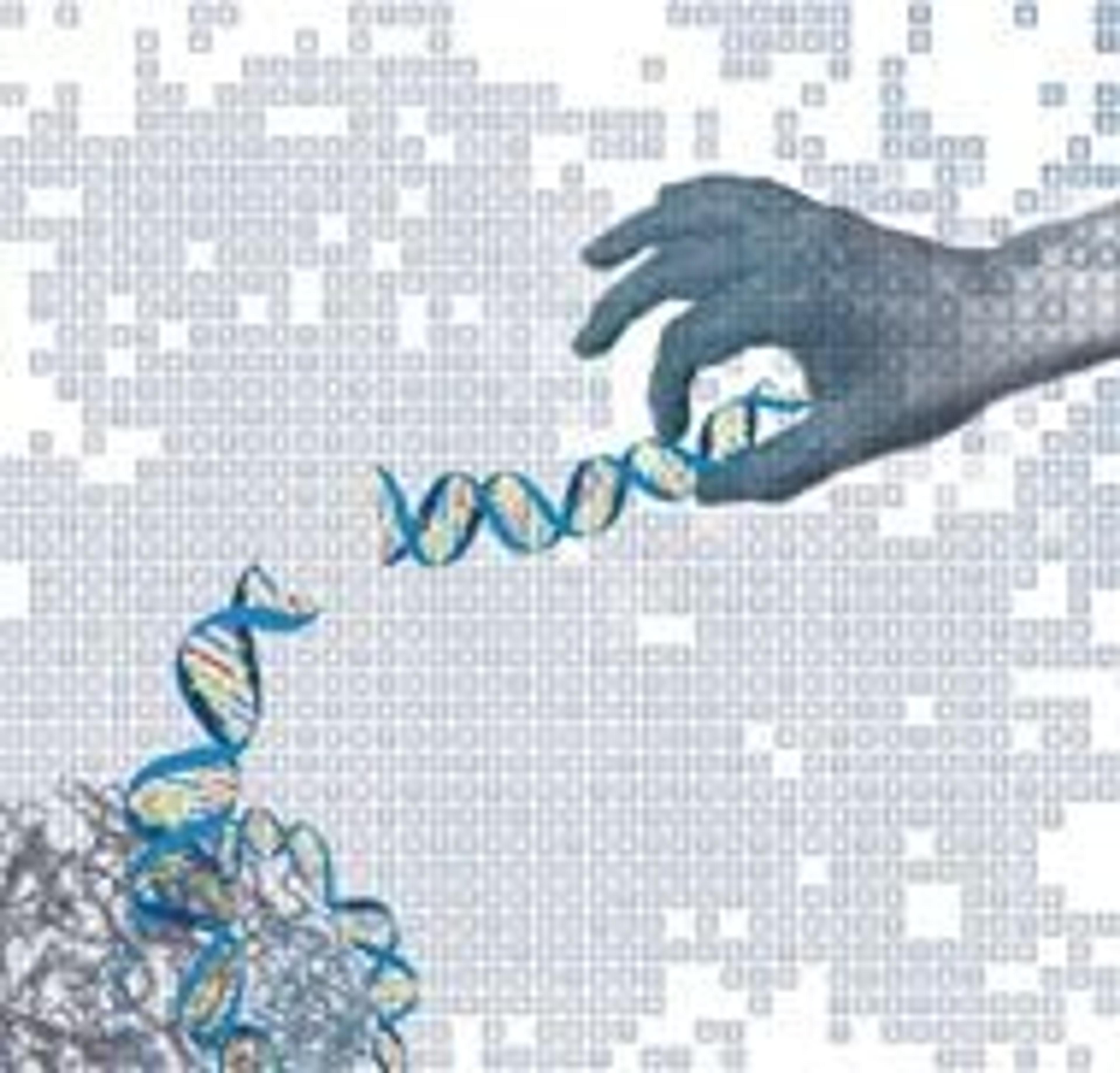Roche Applied Science Makes Exome Sequencing a Reality, a Giant Step Towards Personalized Medicine
27 Jan 2009A key milestone for personalized medicine has been achieved by two Roche Applied Science companies, Roche NimbleGen and 454 Life Sciences, in developing revolutionary technologies to resequence all human exons from individual genomes. Roche NimbleGen has launched Sequence Capture 2.1M Human Exome microarrays, built on the HD2 platform, which allows researchers to capture all exons in the genome (i.e. the exome) on a single array with 2.1 million long oligonucleotide probes. Coupled with the Genome Sequencer FLX system from 454 Life Sciences, researchers worldwide now have the capability to assess genetic variation within the exome of any individual.
Human exome sequencing is considered by many researchers to be “the holy grail” for re-sequencing that will lead to significant biomedical breakthroughs. Exons are the most functionally relevant portion of the genome and are comprised of short segments of DNA that provide the genetic blueprint for proteins. As such, exome sequencing enables the discovery of much of the functional variation that is responsible for many common and rare diseases (e.g. cancer and Alzheimer's disease). Exome sequencing research is also expected to shed light on why diseases like diabetes occur more often in certain populations, and can help uncover why drugs are effective only in a subset of the individuals or population. Prior to the release of NimbleGen Sequence Capture Human Exome microarrays, the sequencing of the exome was neither technically nor economically feasible, as conventional PCR methods for the preparation of “all” human-coding exons are expensive and time-consuming. In 2009, the technologies of Roche NimbleGen’s Sequence Capture and the 454 Sequencing System have made complete human exome sequencing a reality, and can ultimately produce technology to feed the research pipeline and nourish the development of personalized healthcare.
When asked about Roche NimbleGen’s role in contributing to personalized healthcare using Sequence Capture technology, Gerd Maass, CEO of Roche NimbleGen, stated: “Offering innovative, next generation tools that are reliable leads to dramatically reducing the costs of DNA sequencing and opens up new and quicker means for discoveries about biological disease pathways. In the future, these types of ground-breaking technologies, and the data and knowledge they provide are expected to allow comprehensive understanding of any information from the genome and enable personalized healthcare strategies for diagnosis, prevention, and treatment”.
As part of Roche Applied Sciences’ commitment to furthering genomics research, NimbleGen Sequence Capture Human Exome microarrays are an integrated solution when used with the GS FLX Titanium Series Kits from 454 Life Sciences, launched in late 2008. The Sequence Capture arrays are optimized for subsequent ultra-high throughput sequencing with the GS FLX Titanium series kits and enable accurate detection of genomic variation. The new GS FLX Titanium chemistry expands upon the previous series by providing researchers with an even greater sequencing power of more than 400bp sequencing reads and over 1 million reads per run. The 454 Sequencing system also includes dedicated analysis tools for mapping reads and detecting variants from data of captured DNA from NimbleGen arrays, allowing straightforward interpretation of results.
The Human Exome Array targets ~180,000 human protein coding exons and ~700 miRNA exons using 2.1 million long oligonucleotide probes (>60mer) on a single microarray. The array design is based on the April 30, 2008 build of the Consensus CDS (CCDS) database project, which represents a collaborative effort to identify a core set of high-quality human and mouse protein coding regions. To learn more, researchers interested in Human Exome arrays can also search for their genes of interest and examine the coverage by probes for this design by downloading the annotation files from the Roche NimbleGen website by clicking on the link at the right of the screen.

